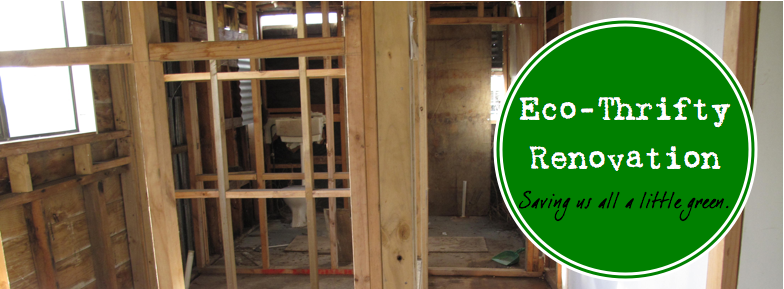Alongside the passive solar renovation of our 100 year-old
villa in Castlecliff, we also ‘renovated’ our section from a weed-infested food
desert to a thriving food oasis. Starting with sand, couch grass, kikuyu,
convolvulus, and pampas lily of the valley, the process of transformation has
been slow, but steady. Now that we are mid-way through our third summer, the
property has reached a level of lushness and productivity that gives a feeling
of satisfaction – especially when tucking into a big bowl of fresh
strawberries.

We were able to achieve these results using much of the
same thinking that has provided us with a power bill in the low double-digits.
This ‘eco-thrifty thinking’ – similar in many ways to the concept of
permaculture – aims for low input and high performance, based upon a solid
foundational structure. For the villa, this meant significant investments in
insulation, solar hot water, and additional glazing on the north side. For the
gardens, this meant investments in wind protection, topsoil, and compost.
All of these investments in sustainable infrastructure
serve as prerequisites for long-term high-performance. For the villa,
high-performance is measured by thermal comfort and low power bills. For the
gardens, high-performance is measured in plentiful, healthy kai! All of these
investments can also be measured by payback period – a concept highlighted over
the last three weeks of this column.
Without wind protection and a small amount of
strategically-placed topsoil, I reckon growing fruit and vege one street behind
Seafront Road would be a constant struggle. People in these parts say “sand
eats compost.” By this, they mean that compost quickly decomposes and leaches
through the porous sand, leaving little nutrition for heavy-feeding
vegetable plants.
A top dressing of topsoil, however, binds compost where it
can be reached by plants’ roots. Topsoil is also better at retaining water than
sand. Our annual vegetable gardens – about 40 square metres – are dressed with
70 – 80 mm of topsoil, for a total of about 3 cubic metres. This purchase from
a from a local landscape supplier with free trailer hire cost a couple hundred
dollars with a few scoops of compost mixed in. However, this upfront cost will
pay for itself over years and years of increased vegetable yields, ie:
high-performance.
Improving the performance of the vegetable garden with
topsoil is similar to improving the thermal performance of the house with
insulation. Topsoil slows the leaching of nutrients out of a garden just as
insulation slows the passage of heat through the walls of a home. In both
cases, the results can be impressive.
In the last two years, in our 70-80 mm of topsoil, using
organic methods we have grown a 4 kilogram cauliflower, a 3 kilogram broccoli,
a 3 kilogram purple cabbage, a 1.2 kilogram red onion, and over 500 gorgeous
soft neck garlic.
These, of course, are some of the highlights. We have also
had some failures - our first year of potatoes was pathetic, and I have had
trouble germinating basil and corgettes this year. On the other hand, we had
ripe tomatoes before Christmas without a glass house.
Over the last decade-plus, I have been studying low-input
sustainable agriculture (LISA), and experimenting with different methods, tools,
techniques and strategies. I think I may have learned a thing or two worthy of
sharing with others.
If you would like to learn about boosting the productivity
of your vege garden without significant investments of money or effort, you may
be interested in one of the upcoming ECO School events as listed in the
sidebar.
Peace, Estwing
19th January, 2:30 - 3:30 pm: Scratch to Patch
Garden Tour.
From garbage dump to thriving edible landscape in years.
(This tour is scheduled to match Saturday Castlecliff bus service). 10 Arawa
Place, Wanganui. Koha
20th January, 3-5 pm: Permaculture Explained.
Permaculture may seem like a long and unfamiliar word. This
workshop combines the Wikipedia definition of permaculture with a property
tour, using tangible examples to explain the theory and practice of ecological
design.
10 Arawa Place, Wanganui.
Sliding scale $15 - $30. $5 discount if you walk or ride
a bicycle. Pre-registration and Deposit Required.
27th, January, 4 – 5:30 pm: Growing Great
Garlic, Terrific Tomatoes, Brilliant Broccoli and Perfect Pumpkins.
This presentation provides expert advice on maximizing food
production using organic methods. Over the last two years in Whanganui we have
grown: a 4 kilo cauliflower; a 3 kilo broccoli; ripe tomatoes before Christmas
without a glass house; 100 kilos of pumpkins per year with almost no work; the
best garlic on planet Earth.
Location Wanganui Garden Centre.
Sliding scale $10 - $20. $5 discount if you walk or ride
a bicycle. Pre-registration and Deposit Required.



















